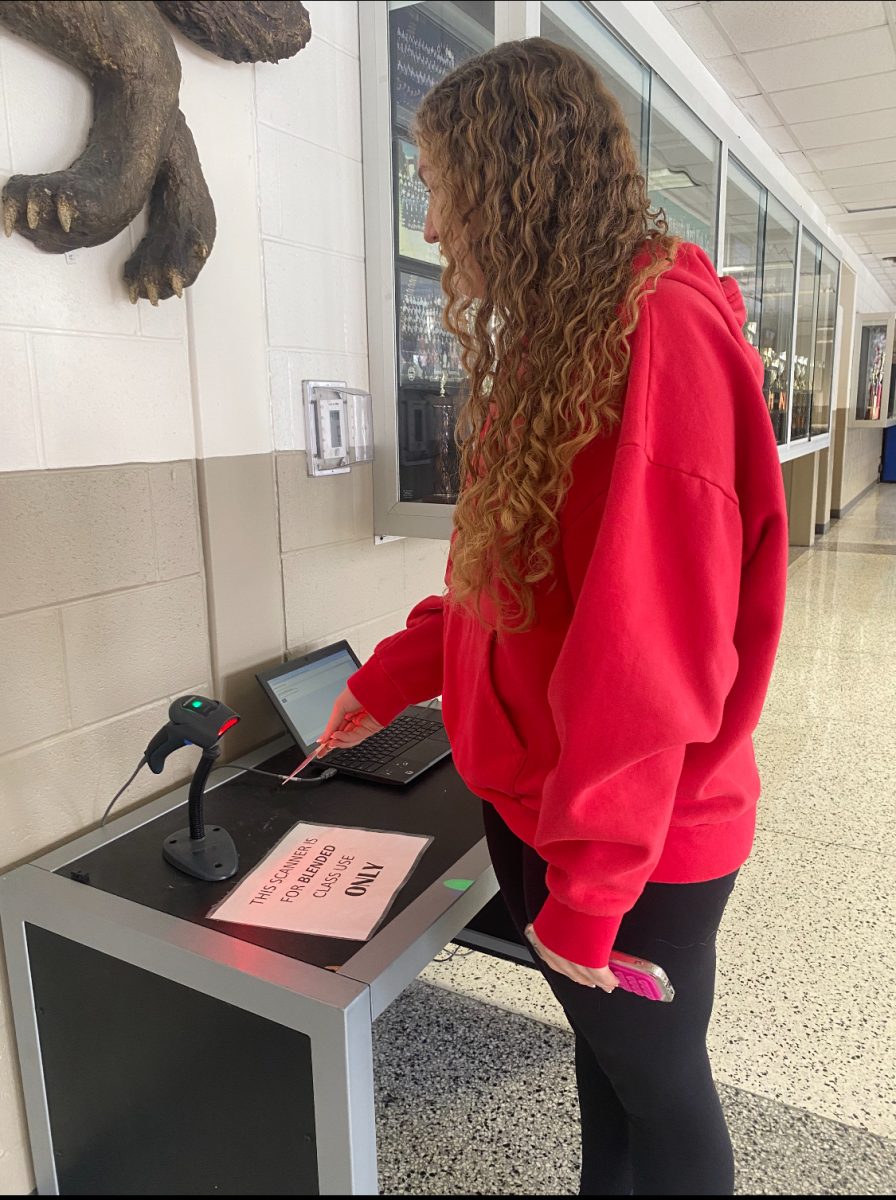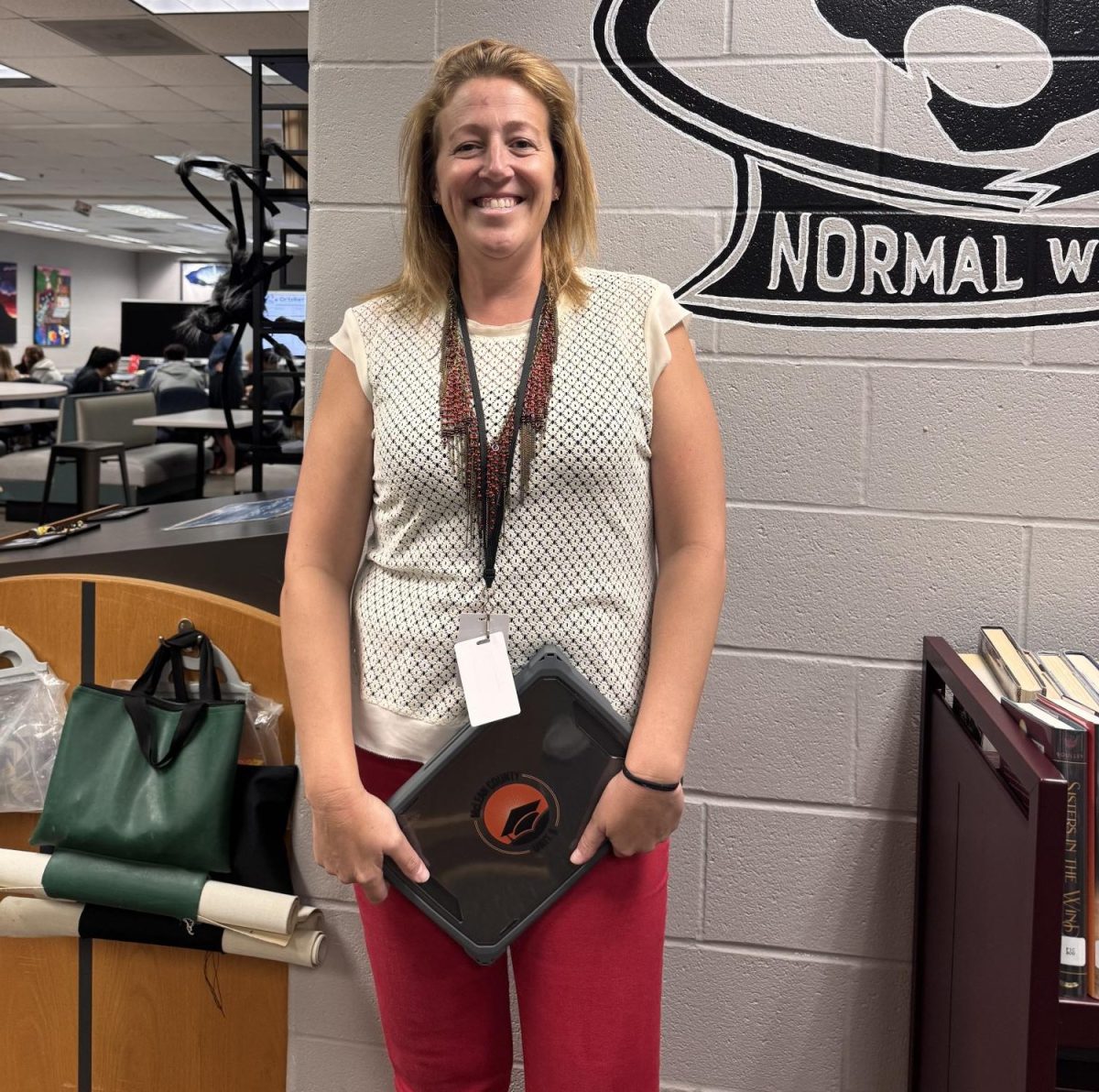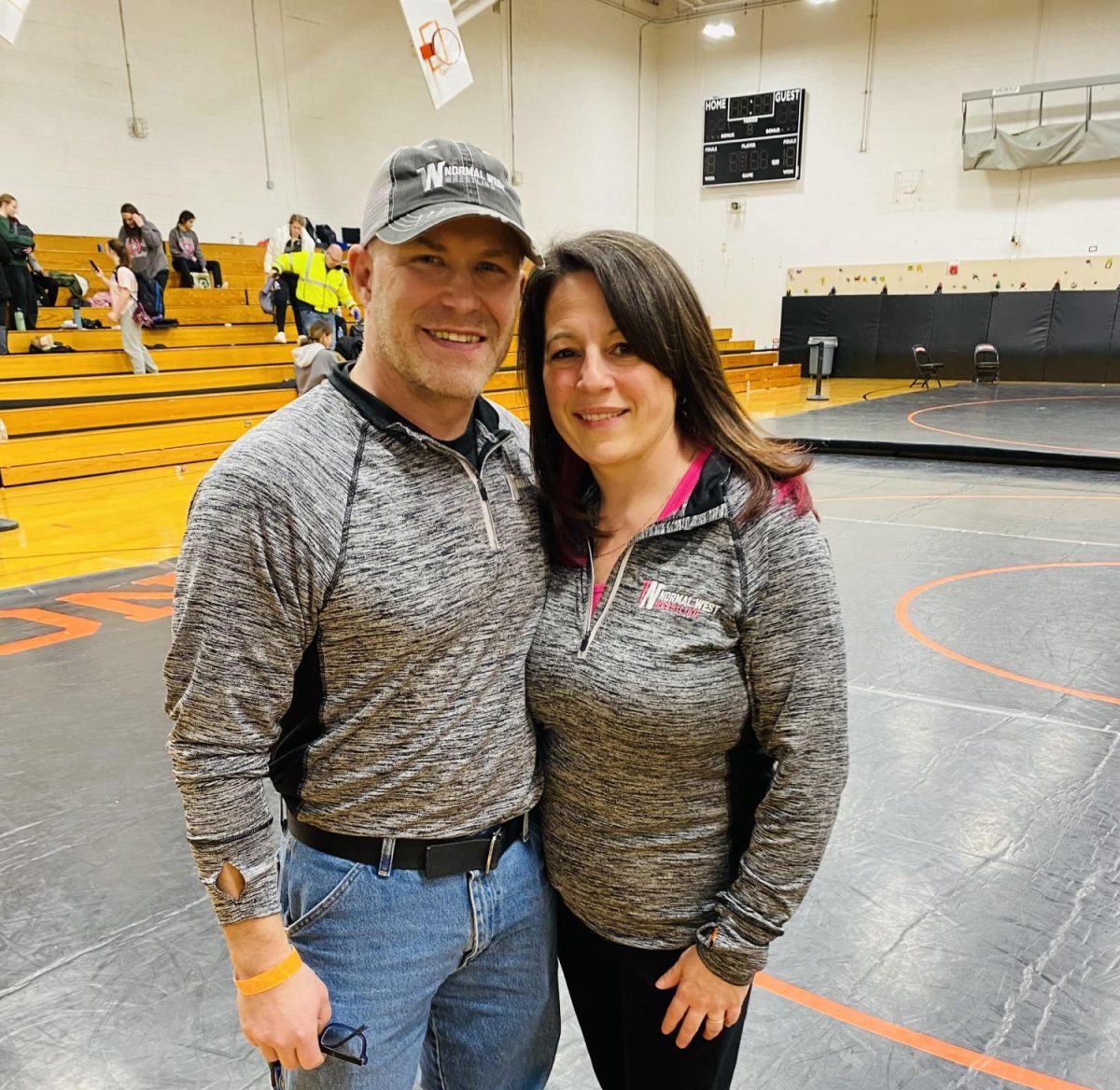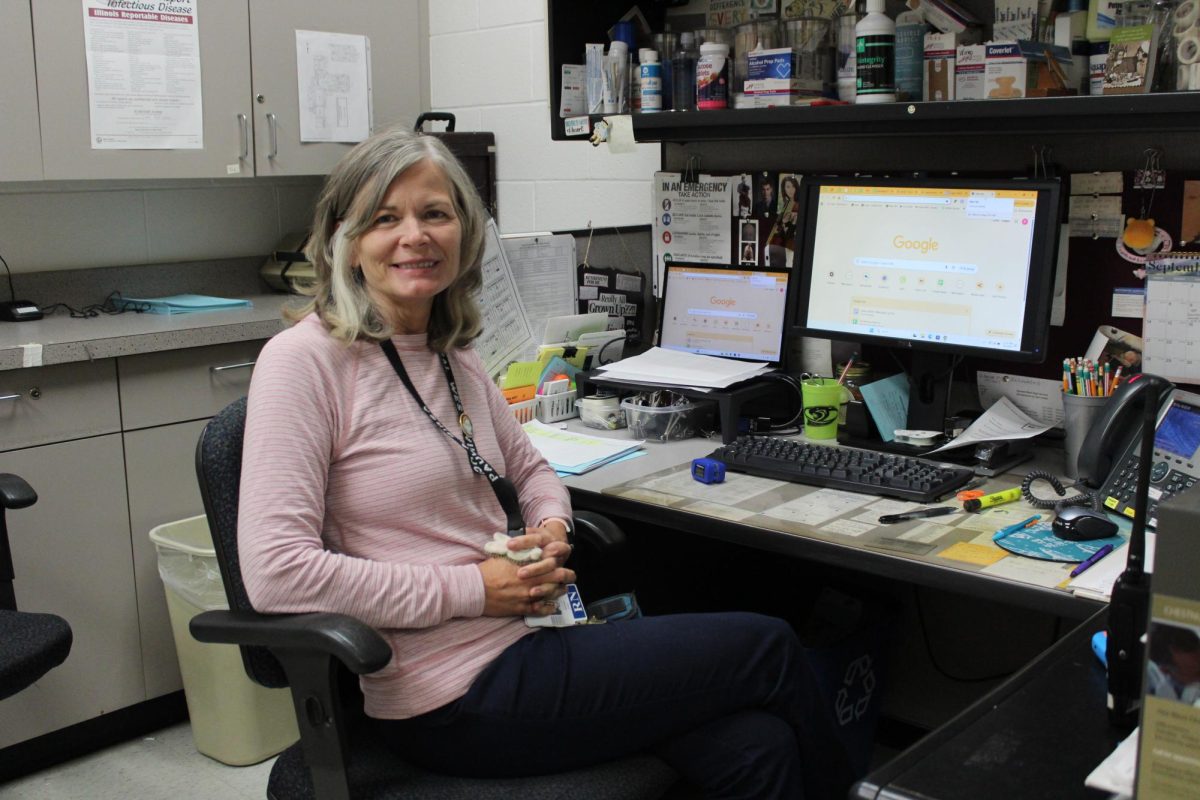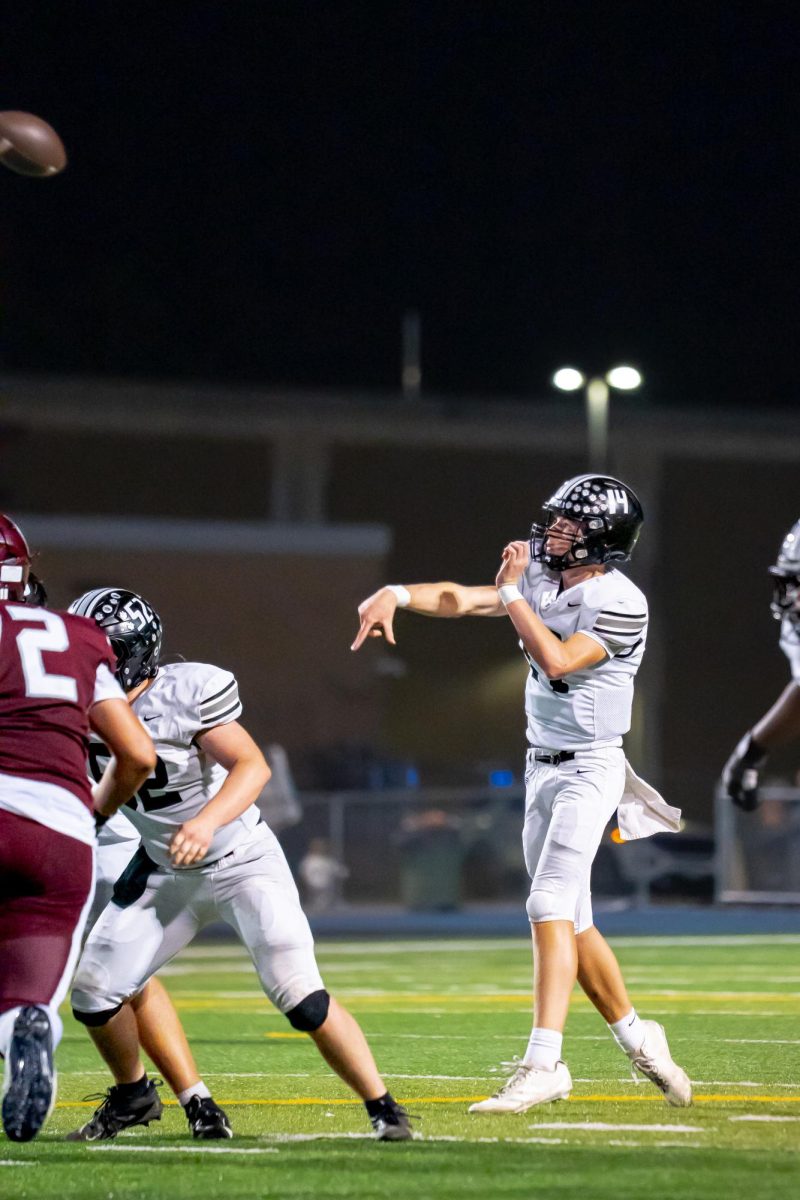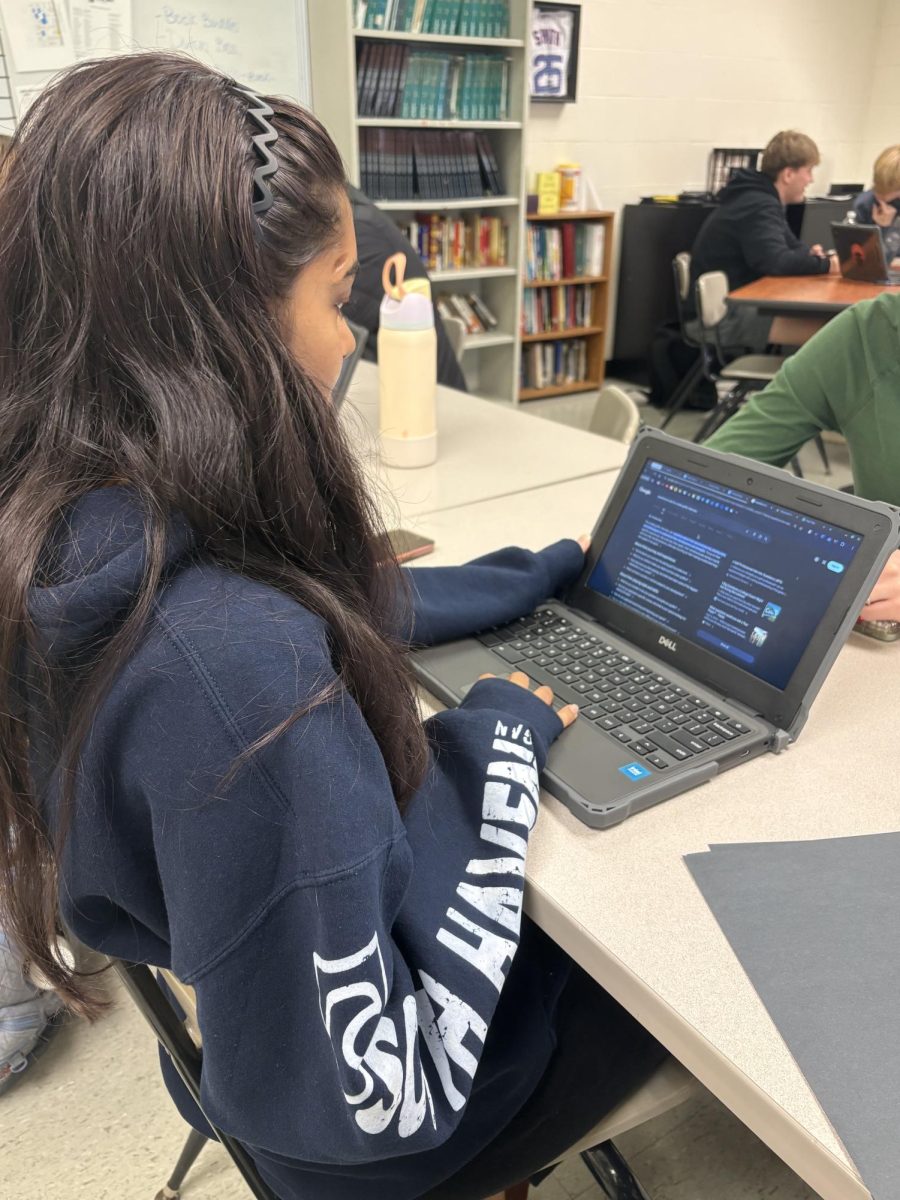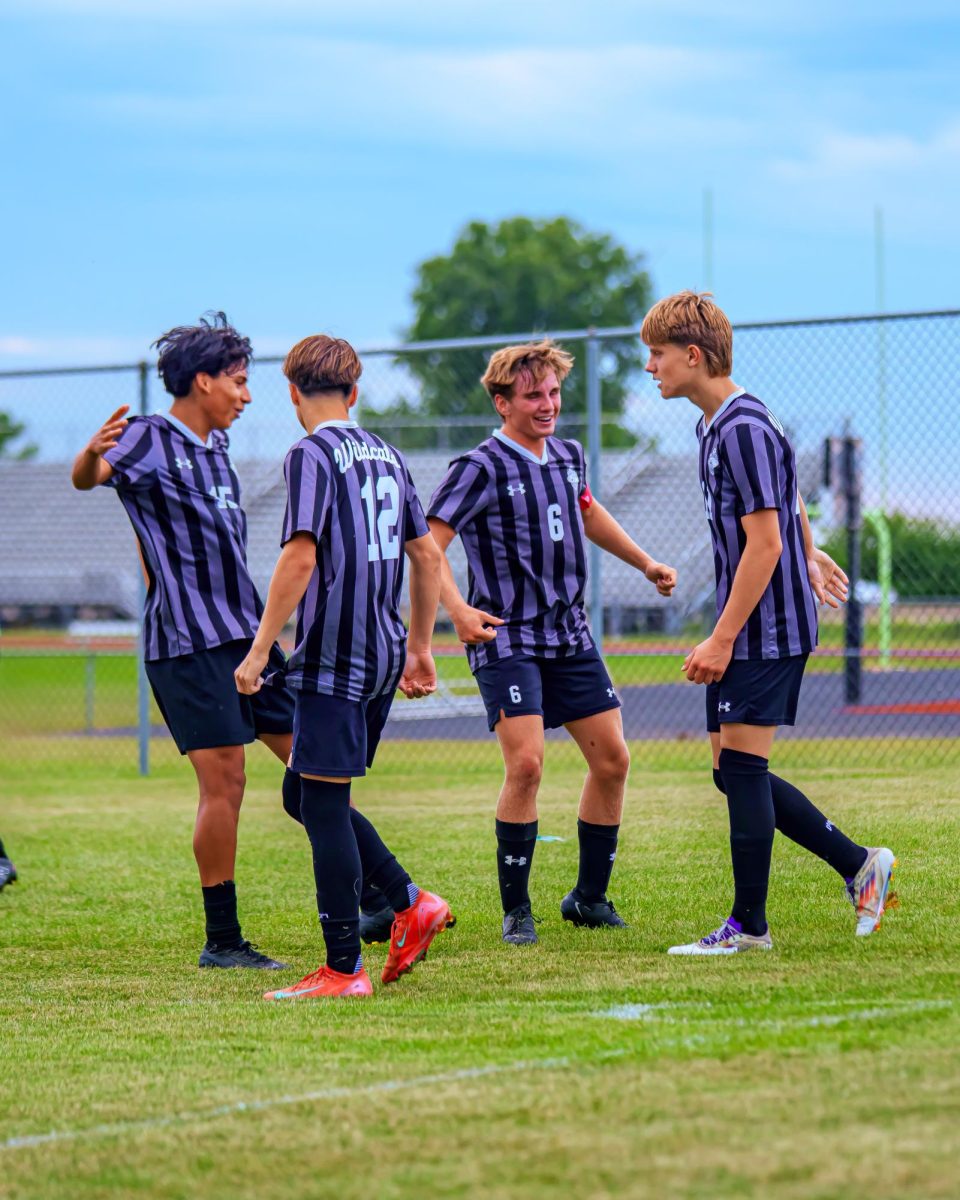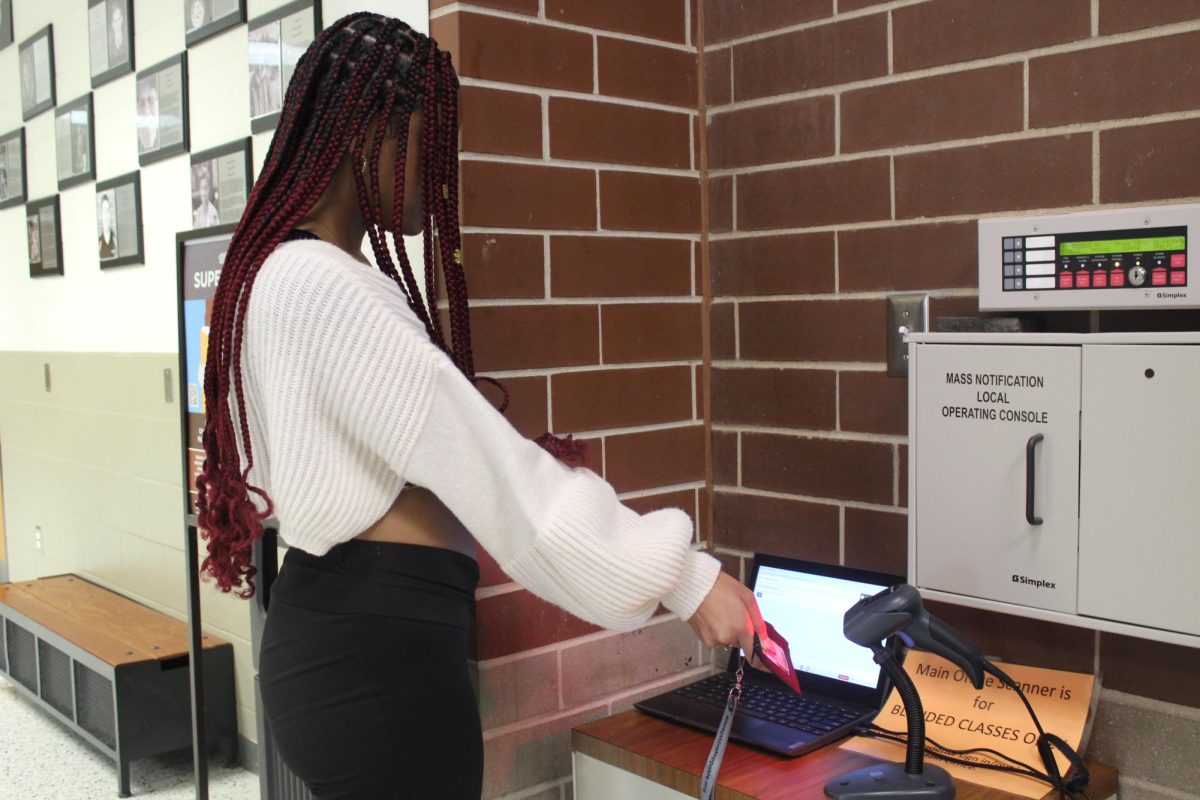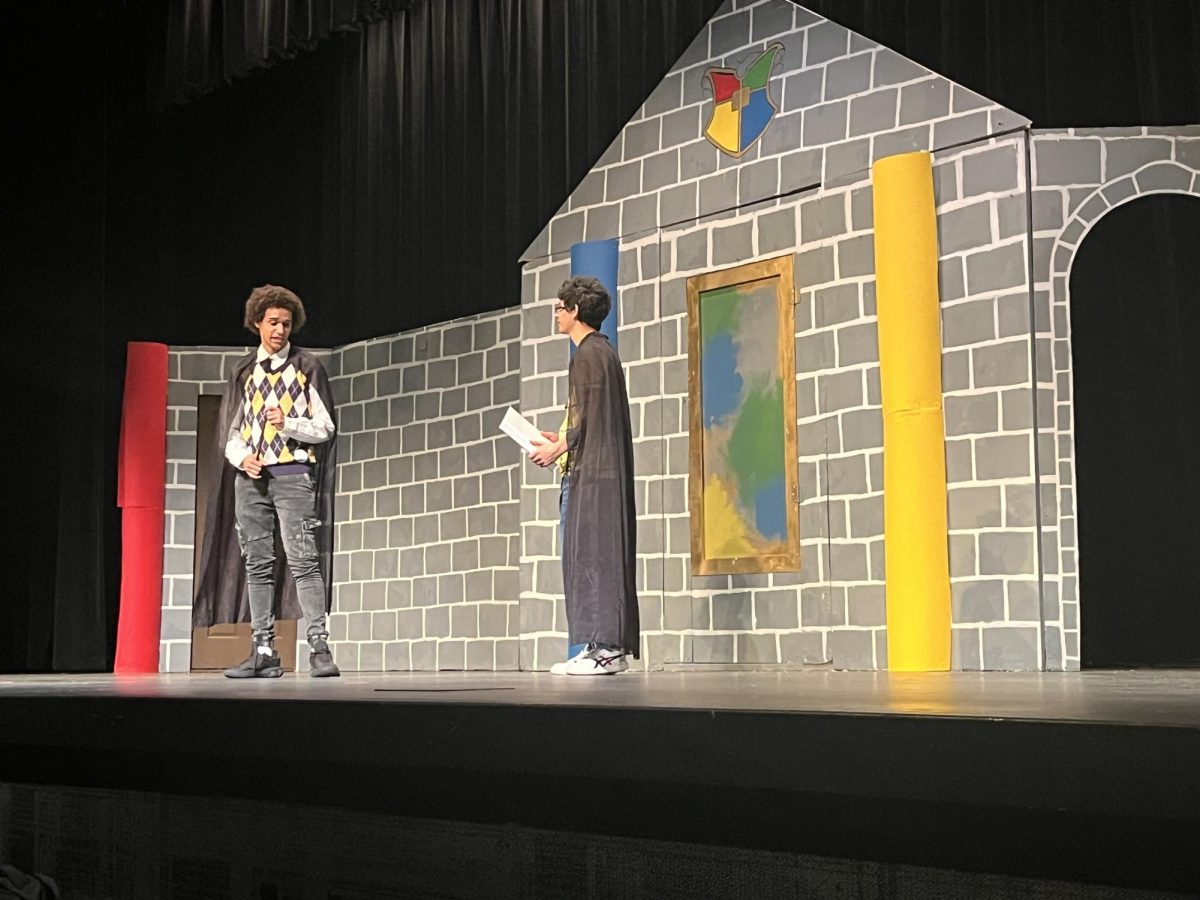To blend or not to blend?
The question that the staff of Normal West High School has been asking since blended classes were introduced in 2019.
Since its introduction, the blended classroom model has had its fair share of pros and cons… with lots of questions, but not a lot of complete answers.
Some of these questions span over a wide variety of topics, such as student benefits, which classes best fit the blended curriculum, which students can flex and where they can go, and overall student safety.
During her tenure as associate principal here at West from 2015-2023, Dr. Angie Codron was at the forefront of implementing the blended class structure by copying Huntley High School’s blended program.
“[I] remember going to a professional development visit to Huntley High School to see their blended program, and so I was on the administrative side of implementing blended classes as one of my roles as associate principal,” Codron said.
The current blended class structure leaves up to two days a week where students are not required to attend class. Students are, instead, allowed to “flex” their time and either leave campus or report to a blended-approved area throughout the school.
Ultimately, this format allows for more student independence and less-teacher interaction.
However, some would argue that less teacher interaction and instruction has had a negative impact on student-learning, although there is no data that can back up either claim.
“I don’t know that I have data that shows that because a class is Blended that it has a negative impact on learning,” Codron stated.
And with no data to back up that claim, it leaves what is best for Normal West up to interpretation.
As with many things in education and in life, the interpretation has been found to truly depend on the individual.
“I think it just depends on the student. I think there are some [students] that take full advantage of it and will come in and then it’s nice because they can get some more individualized work, especially if they were gone… If they miss a day, it’s great because then they can come in and I can more easily go over everything with them,” Current West business teacher Joe Burgess, states.
…a lot that don’t [do well with the format…] almost use it as like an off day, unfortunately. So it really just depends on the student and what they want to get out of it, I think. There are definitely some students that would probably be more successful if it was not Blended,” Burgess admits.
Burgess, who has worked at Normal West for 14 years, admits to not seeing an overwhelming difference in his students since switching to the blended format.
“I have not honestly noticed a huge difference, to be honest. I think the students that get A’s are typically the students that would have gotten A’s regardless of how it is,” Burgess continued.
In the end, the impact that blended classes have on learning may not just depend on the student but also the class itself.
“I’ve probably seen it work best when it is that college format of class where there’s a piece of writing like in the Dual credit English classes where they can conference with their teacher and get feedback without 20 other students in the space also working on small group projects…[or when] it’s a project-based class–sometimes…like a flipped classroom style–where maybe the students are watching a simulation and then they have to come back and work out a problem or talk through that or are accountable in some way and have more of a discussion-based lesson when they come back. They all don’t need to be sitting at their computers–30 of them doing a simulation–they can be doing that outside, so some of those project-based classes I feel like have a pretty good format along with that college level class where you might not have class every day,” Codron commented.
Burgess agreed that some classes are more likely to have success in the format.
“Dual credit, in my opinion, and definitely… higher level honors works the best because, again generally, in a dual credit course or one of those higher level…honors classes, it’s going to be students that have proven themselves [to be able to] manage their time, and that’s usually the reason that they sign up for the class. They feel prepared for that type of content,” Burgess added.
However, in addition to the higher-level classes having success with the format, Burgess also notes that his work program classes also have seen an improvement in student achievement.
“It’s been honestly better for the work program than any other blended class that I’ve taught because a lot of them leave the building early to go work, and it’s given them the ability on two days a week to work a little bit longer. If they have a grade lower than a C, then it takes away from them doing that, so my grades in the work program, I can speak on, have improved like tenfold since they made it a blended class,” Burgess added.
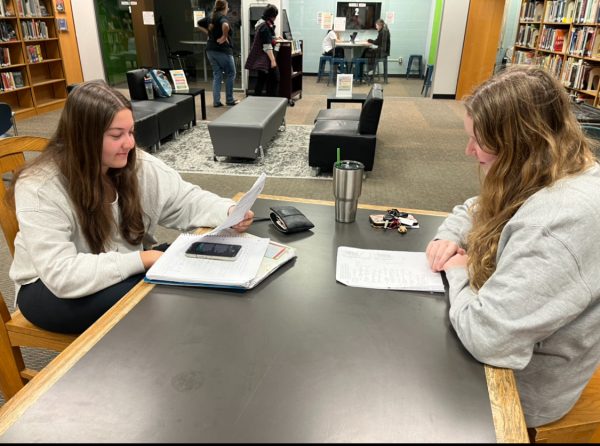
As Burgess and Codron have noted, when the “blended” students are not in the classroom on required attendance days, they can choose to go to the classroom or another designated blended areas in the atrium, band hallway, and upstairs atrium.
Despite all the other options, the IMC has become the go-to spot for students: a circumstance that has both positive and negative implications, in itself.
“I think the IMC could be one option as a location for blended, and it’s a good option. If we don’t have classes scheduled in here; however, we do have issues when we have classes scheduled where instruction is happening where it’s very hard because students honestly don’t always utilize their flex time the way that they should–for all students, not just flex students,” long time West librarians Tera Hofferman and Lisa Nichols voiced.
Due to the size of current spaces and IMC availability, the possibility of expanded blended spaces has come to light.
“I think we need to have more inviting spaces in the building for flex students to be able to sit and work with more tables and seating,” Hafermann added.
To this idea, Codron noted that the school is working on renovating existing spaces to make them compatible for students. She’s referring to the ‘Beyond the Box’ grant that West recently won, of course.
“There’s a project on the balcony to make it a little bit more collaborative than the tables and to add some electricity because I know students are using their laptops as well as phones, so I think we’ve looked at some of the spaces that are in our school that weren’t designed for that originally,” Codron stated.
However, many argue that accommodating the school building is only half of the issue. Many students are allowed to leave campus during their blended hour, which has admittedly caused additional safety concerns.
Concerns that, although she is aware of, Codron feels are adequately addressed for all stakeholders.
“As far as the safety piece goes, just like any student could be in a restroom or out in the hallway, we hope that they would be able to find the nearest location, and we’ve trained our staff to be accountable to students who are in their space, so we have a way to mark that. We also have a way, safety-wise, where we could print off who has scanned in certain places for a report that would be needed to know who has left the building and who is in the building, so that addresses a couple of the safety concerns,” Codron noted.
In addition to the training of staff, students and families are made aware of the protocols and safety measures for any student involved in the blended format. Communication is set home at the start of each semester, and students are responsible for abiding by the communicated contracts.
So what should blended learning look like? Should there be further protocols and rules in place to help make the blended classes work even more smoothly?
“I do think there should be some sort of like GPA requirement, absence requirement, and definitely referral requirement, proving that, again, if you’re going to be outside the classroom, you’re not going to be messing around doing stuff you shouldn’t be doing,” Burgess suggested.
“I think that we should also limit flexing to maybe dual credit–college level classes–because that makes sense and preparing students for that. I think there really needs to be an eligibility [they] have to demonstrate that [they] are responsible, taking a blended class with flex time,” Haferman mentioned.
Responsibility is clearly key in a successful experience with blended learning, and Codron notes that it is also a major piece in the “Wildcat Way” that is expected of all Normal West students.
“I do think it does take a high level of responsibility to be able to navigate Normal West outside of the regular bell schedule, so offering these opportunities to Juniors and Seniors would seem a little more realistic that they have learned the ‘Wildcat Way’ along the way and that we would be able to ensure that they have some of those time management and responsibility skills that it would take to manage not only the content of the class but also the logistical part that we were talking about,” Codron stated.
And some changes to that rule could be coming in the near future.
“Some of the protocols [we] might change would be some of the things our teachers are already implementing…maybe also adding ‘no missing assignments’ or upping the current grade to an ‘A’ or ‘B’ to be able to flex. That might take care of both of those things as far as the grade level being to flex,” Codron added.
Even with all the unanswered questions and unsolved issues with the blended class structure, most will agree that the structure does still provide great learning opportunities to students who use it correctly.
“Students who might have their 8-hour bell schedule and then be part of a club or activity or a rehearsal after school or go to a job right away don’t probably have that opportunity a lot unless we provide that opportunity for them to learn some of those skills within our 8 Hour bell schedule,” Codron noted of the time management skills many students acquire.
Burgess agrees, noting that although it could use some adjusting, the structure is a positive.
“Hopefully they [the blended classes] continue, and hopefully we can workshop it a little bit to tweak it and make it even better than it currently is,” Burgess replied.
All in all, despite the imperfections and looming changes, the blended structure is a great tool for student development.


